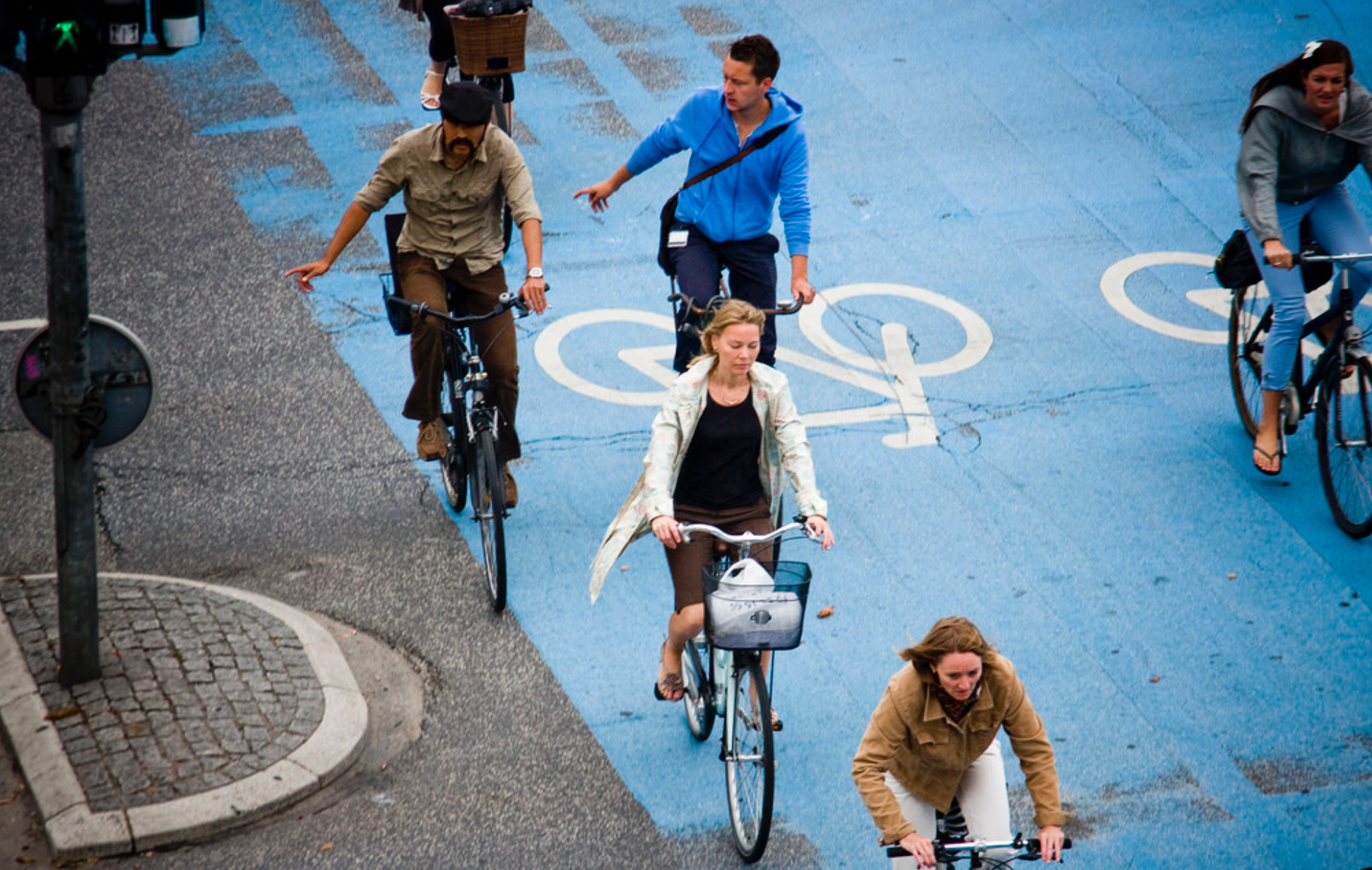Cities are faced with choices that often come down to priorities: people or markets? That's the premise behind Market Cities, People Cities: The Shape of Urban Future from Michael Oluf Emerson, provost and professor at North Park University in Chicago and a Kinder Institute Fellow as well as the former academic director for the Kinder Institute for Urban Research, and Kevin T. Smiley, assistant professor in the Department of Sociology at the University at Buffalo. The book draws on two case studies, Houston and Copenhagen, to reflect on the different ways cities confront common choices and to answer the question: "What kinds of cities do people want to live in, and what cities do people want to create in the future?"
The resulting text "completely changes our vocabulary about how cities evolve," according to Kinder Institute Director Bill Fulton, and gives "urban decision makers a new way to understand their cities and shape their policies to create the kind of city that is right for their city’s residents.”
Emerson and Smiley will discuss the book Thursday, May 17 as part of the Kinder Institute's Urban Reads series. The following is an excerpt from the book:
Lots of urban prognosticators are currently busy prognosticating. They tell cities things like “you have to cater to the creative class,” “you have to focus on bio-tech,” “you have to go green,” “you have to attract jobs,” “you have to redesign your transportation system.” The list goes on. In the end, cities must focus. They must create a priorities rubric through which they make their decisions from a myriad of possibilities and choices.
At its core, this book argues that cities now orient themselves in one of two main directions as they move forward. They either privilege the market or they privilege people. Put more directly, some cities exist first and foremost for the market, some first and foremost for people. The difference is profound, so profound that we must conceive of them as different entities: Market Cities or People Cities.
To be sure, both types of cities care about both the market and people. After all, both of these must be present to be a city. We have not seen a city yet that does not want a strong economy, and it is difficult to find a city that does not want a good life for its citizens. But cities ultimately privilege one over the other, often because they view their focus as the best way to achieve the other objective. That is, for Market Cities their reasoning is something like this: “Want a good quality of life and a vibrant community? Then you must work to have a strong economy, producing jobs, luring companies to your city, spurring lots of start-ups, and being business friendly.” And for People Cities, their reasoning is something like this: “Want a strong economy and lots of good jobs? Then you must work to make your city a place where people want to live, a city that is friendly to their needs, that is lively, healthy, safe, sustainable, and most of all, livable.” […]
Cities have choices, choices about what they exist for and about what they want to be. We will describe a coalescing of these choices such that we are witnessing fundamentally different types of cities emerging across the globalized, developed world. We will describe mind-boggling sprawl and purposeful density, social parity and racial inequality, public infrastructure and private largess, gleaming skyscrapers and humble shops, legions of bikes and armies of cars, crime and peace, and a can-do spirit and a must-do spirit. Contrasts abound.
But underpinning these contrasts are two essential similarities. The first is that cities across the world are subject to the same structural and institutional influences that paradoxically necessitate these immense contrasts. We live in a global age, one in which urban transformation is seen as a central component of any city agenda. Where that city agenda is directed is the primary subject of this book, and it is demonstrated through the contrasts, but that the contrasts are born out of the same globalized world is no small matter. The globalized world makes cities focus.
How cities respond in our interconnected globe has much to do with the second similarity: that residents of a city, whether political leaders, economic elites, homeowners, or the most marginalized citizens, rely on, respond to, and re-create the gravitational pull of cultural beliefs about what is possible and what should be prioritized in their city. This book centers on the idea that cities have their own cultural milieu, and what the most powerful resident and the everyday resident believe about their city is in large part thanks to this cultural milieu. This is not to say that residents within cities are homogeneous—we urbanists love cities because of their heterogeneity—but instead simply that that heterogeneity centers on fundamental ideas. And it’s not to say that culture is the end-all factor in cities: indeed, history, politics, and economics all play crucial roles. We believe, though, that culture has long been neglected in the study of cities, and that how it interacts with those other important institutions over time can tell us a lot about how a city will respond in the global age. [..]
It is the cultural, political, and economic responses to the global world that compose the thesis of this book. Nearly all cities in the Western and developed world have been around for at least a century, most much longer, and we think that the historical paths that cities have taken allow for many of the cities to easily answer the question: Why do we exist as a city?
Cities have culturally imbued priorities rubrics through which policymakers and residents focus attention, take action, and orient their future. Market Cities and People Cities are two ends of a spectrum of priorities rubrics, with many cities today clustered toward one end or the other. Few cities, though, epitomize each ideal type quite like Copenhagen and Houston.

